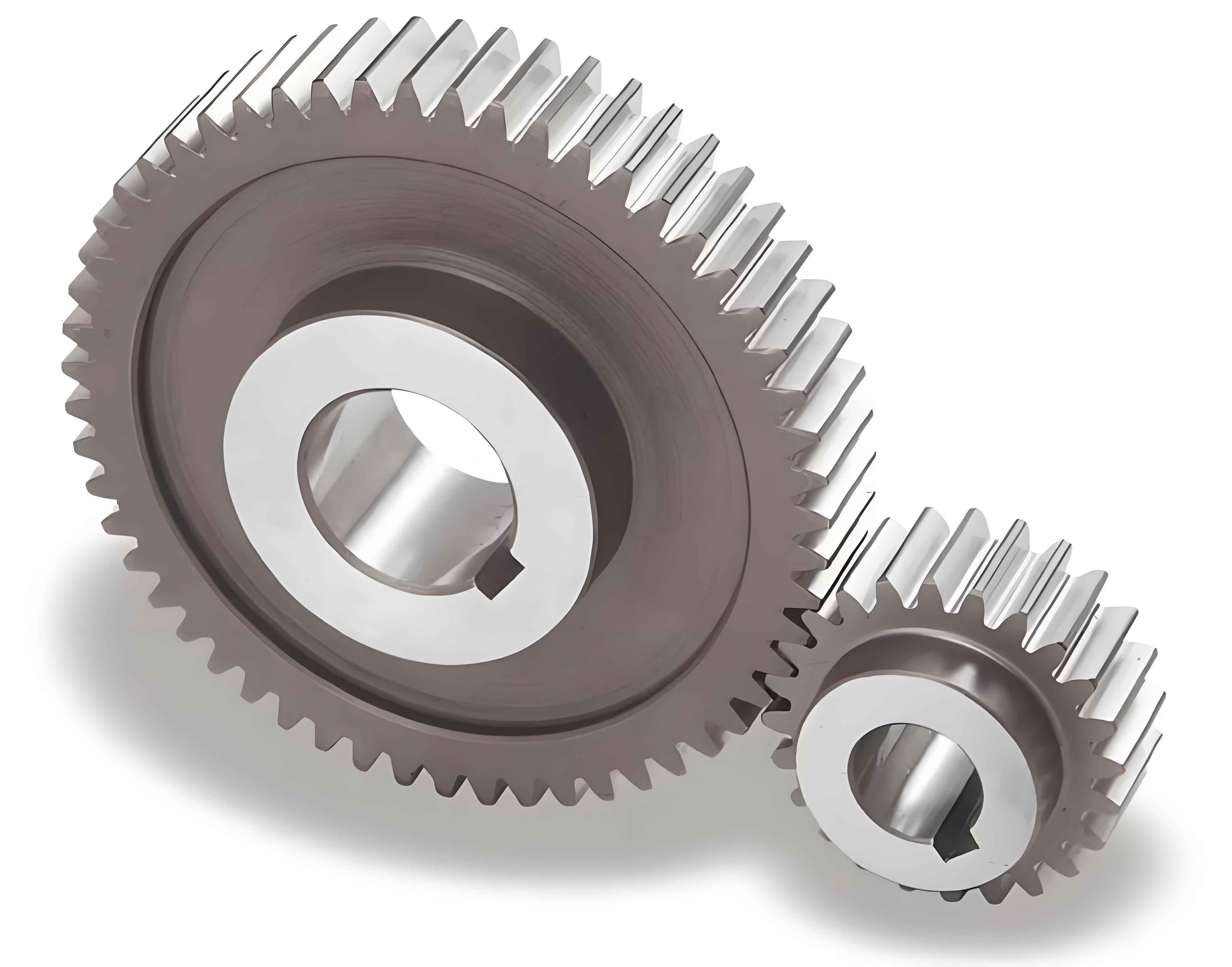
Introduction
Lubrication is critical in spur gear systems to minimize friction, wear, and heat generation. Effective lubrication extends the life of gears, enhances efficiency, and ensures smooth operation. This article presents a comparative analysis of different lubrication techniques used in spur gear systems, highlighting their advantages, limitations, and applications.
Lubrication Techniques
Several lubrication techniques are employed in spur gear systems, including oil bath lubrication, grease lubrication, and splash lubrication. Each method has unique characteristics that suit different operational conditions and performance requirements.
Oil Bath Lubrication
Oil bath lubrication is a common method where gears are partially submerged in a lubricant-filled enclosure. This technique provides continuous lubrication and efficient heat dissipation.
Advantages
- Continuous lubrication reduces wear and friction.
- Effective cooling of gear components.
- Suitable for high-speed and high-load applications.
Limitations
- Requires a sealed enclosure to prevent contamination.
- Higher initial cost and maintenance requirements.
Applications
- Industrial gearboxes.
- High-speed machinery.
- Heavy-duty automotive transmissions.
Table 1: Oil Bath Lubrication Parameters
| Parameter | Typical Range | Impact on Performance |
|---|---|---|
| Oil Level | 1/3 to 1/2 gear height | Ensures continuous lubrication |
| Oil Viscosity | 68 to 460 cSt | Balances lubrication and cooling |
| Temperature Range | -20°C to 120°C | Maintains lubricant effectiveness |
Grease Lubrication
Grease lubrication involves applying grease to the gear teeth. This method is suitable for systems where oil retention is challenging, and maintenance intervals are long.
Advantages
- Excellent retention in low-speed and intermittent operations.
- Provides protection against contamination and corrosion.
- Longer lubrication intervals reduce maintenance frequency.
Limitations
- Limited cooling capability.
- Potential for grease hardening at high temperatures.
Applications
- Enclosed gearboxes.
- Low-speed applications.
- Outdoor machinery.
Table 2: Grease Lubrication Parameters
| Parameter | Typical Range | Impact on Performance |
|---|---|---|
| Grease Type | Lithium, calcium | Ensures appropriate lubrication and protection |
| Consistency (NLGI) | 1 to 3 | Balances lubrication and retention |
| Operating Temperature | -30°C to 100°C | Maintains grease stability |
Splash Lubrication
Splash lubrication, also known as oil splash or splash feed, relies on gears splashing lubricant as they rotate. This technique is simple and effective for moderate-speed applications.
Advantages
- Simple and cost-effective.
- Provides adequate lubrication for moderate speeds.
- Minimal maintenance requirements.
Limitations
- Less effective cooling compared to oil bath lubrication.
- Limited to moderate-speed applications.
Applications
- Gearboxes in moderate-speed machinery.
- Agricultural equipment.
- Small to medium-sized industrial machines.
Table 3: Splash Lubrication Parameters
| Parameter | Typical Range | Impact on Performance |
|---|---|---|
| Oil Type | Mineral or synthetic | Ensures proper lubrication and longevity |
| Splash Height | 1/3 to 1/2 gear height | Balances lubrication and efficiency |
| Operating Speed | Up to 3000 rpm | Maintains effective splash lubrication |
Comparative Analysis
A detailed comparison of these lubrication techniques reveals their suitability for different operational scenarios. Factors such as load, speed, environmental conditions, and maintenance requirements influence the choice of lubrication technique.
Table 4: Comparative Analysis of Lubrication Techniques
| Technique | Load Capacity | Speed Range | Maintenance Frequency | Cooling Efficiency | Contamination Protection |
|---|---|---|---|---|---|
| Oil Bath | High | High | Moderate | High | Moderate |
| Grease | Moderate | Low to moderate | Low | Low | High |
| Splash | Moderate | Moderate | Low | Moderate | Low |
Conclusion
The choice of lubrication technique for spur gear systems is crucial for optimizing performance and durability. Oil bath lubrication is ideal for high-speed, high-load applications requiring continuous lubrication and efficient cooling. Grease lubrication suits low-speed, intermittent operations with long maintenance intervals, while splash lubrication offers a simple and cost-effective solution for moderate-speed applications. By understanding the advantages and limitations of each technique, engineers can select the most appropriate lubrication method to enhance the performance and longevity of spur gear systems.
